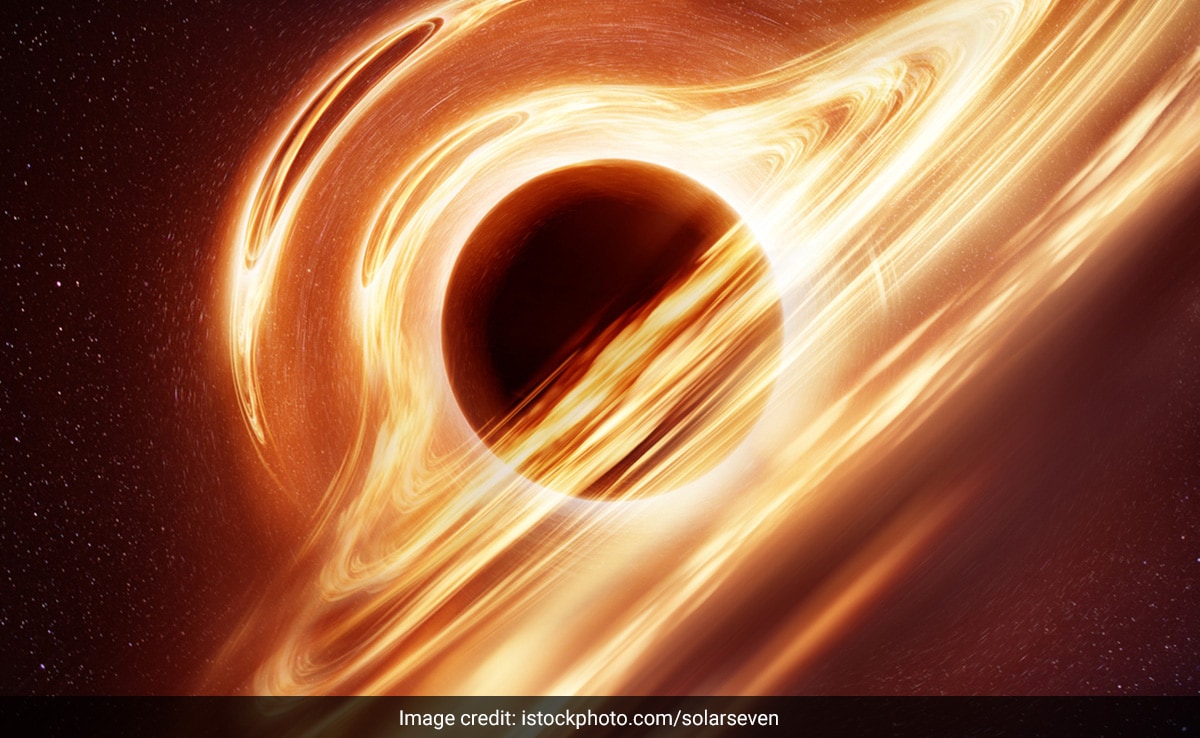Having conquered the Moon this year, India will begin 2024 with another ambitious attempt to understand more about the universe and one of its most enduring enigmas – the black hole.
On the morning of January 1, India will aim to become only the second country in the world to launch an advanced astronomy observatory specifically geared towards studying black holes and neutron stars.
When the biggest stars run out of fuel and ‘die’, they collapse under their own gravity and leave behind black holes or neutron stars.
X-Ray Vision
India’s satellite, named XPoSAT, or the X-ray Polarimeter Satellite, will be launched by the Indian Space Research Organisation (ISRO’s) trusted rocket, the Polar Satellite Launch Vehicle.
“This is only the second mission of its sophisticated class after NASA’s 2021 mission named Imaging X-ray Polarimetry Explorer or IXPE,” said Dr Varun Bhalerao, an astrophysicist at the Indian Institute of Technology, Bombay.
“The mission will try to decipher the stellar remnants or corpses of dead stars,” he added.
Using X-ray photons, and especially their polarisation, XPoSAT will help study the radiation from near black holes and neutron stars. Dr Bhalerao said black holes are objects that have the highest gravitational force in the universe and neutron stars have the highest densities, hence the mission will unravel the mysteries of the ultra-extreme environments that one witnesses in space.
The astrophysicist said neutron stars are tiny objects, anywhere between 20 and 30 kilometres in diameter. But they are so dense that just one spoonful of matter from a neutron star could weigh more than Mount Everest.
Reaching For The Stars
This is India’s third mission in less than a year to explore the universe. The first was the historic Chandrayaan-3 mission, launched on July 14, 2023, and it was followed by Aditya-L1, a dedicated solar observatory, launched on September 2, 2023.
Dr AR Rao, an astronomer at the Tata Institute of Fundamental Research, said XPoSAT is a unique mission, adding, “Everything in X-ray polarisation is going to be a surprise as everything is new in this field of astronomical exploration’.
In keeping with ISRO’s frugal approach, India’s XPoSat satellite cost about Rs 250 crores (approximately $ 30 million) while the NASA IXPE mission had required an outlay of $ 188 million. The NASA mission has a nominal life of two years, while XPoSAT is expected to last more than five years.
Professor Biswajit Paul, a scientist at the Raman Research Institute, Bengaluru, who is one of the key drivers of the XPoSAT mission, said, “It will investigate the structure of intense magnetic fields in cosmic objects and the behaviour of matter and radiation in extreme gravity. This will be achieved by observing some bright X-ray sources like neutron stars and black holes in the 8-30 kiloelectron volt range.”
‘Big Impact’
One niggling worry that ISRO Chairman S Somanath has expressed about the XPoSAT mission and Indian scientific missions in general is that “the user community is still rather small”. He said younger astronomers from India need to be roped in for these expensive national missions.
Senior Indian scientists are, however, very excited about the mission. Dr Dipankar Bhattacharya, an astrophysicist at the Ashoka University in Sonipat, said, “India is exploring the universe with targeted back-to-back missions and the country can make a big impact in unravelling the many mysteries of the universe”.
The XPoSAT mission will see the Polar Satellite Launch Vehicle undertake its 60th flight. Besides carrying the 469-kg XPoSAT, the 44-metre-tall, 260-tonne rocket will also lift off with 10 experiments.












